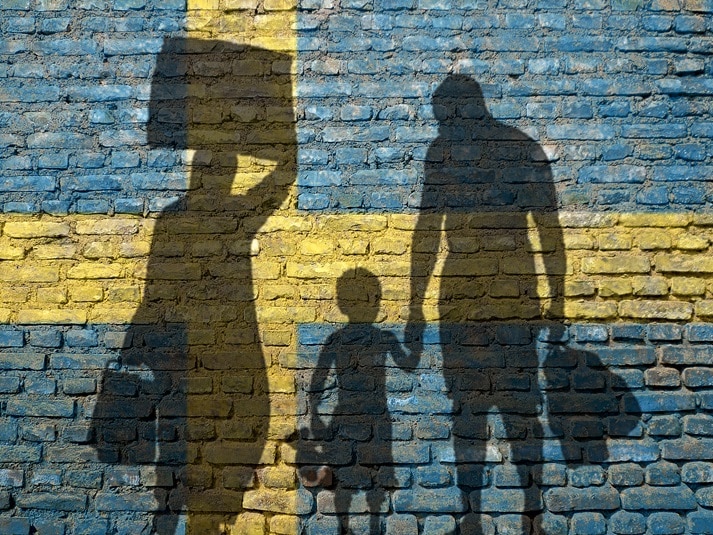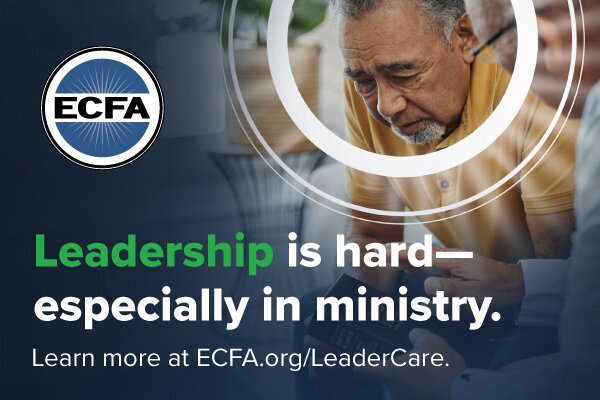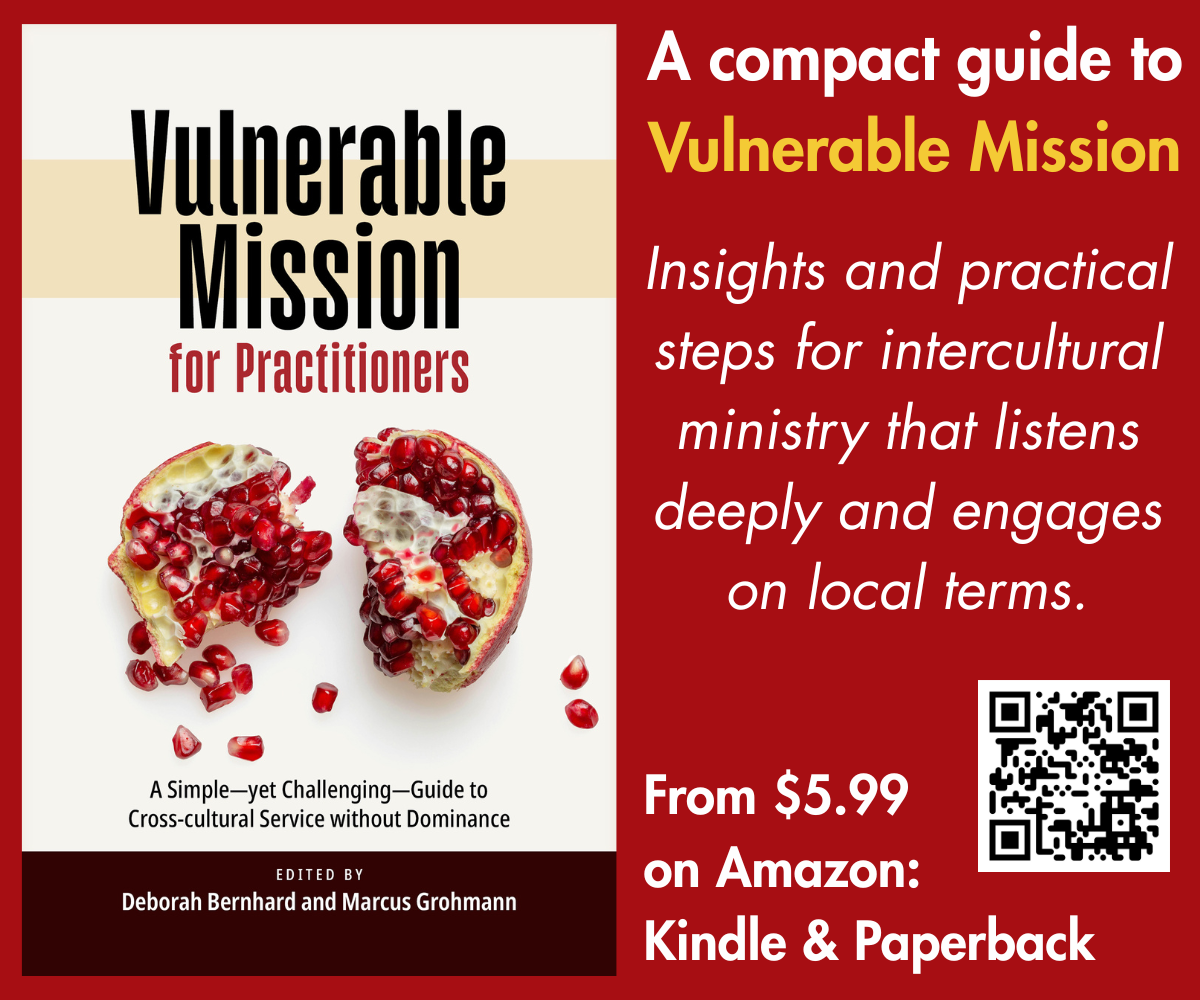EMQ » January – April 2024 » Volume 60 Issue 1

Summary: Traditional insider-outsider categories in missions fail to address the complexities of migrant ministry. Relationships, consistency over the long term, cultural bridges, and embracing fluidity of roles are key to navigating varied diaspora contexts. We must rethink static models and humbly collaborate across cultures to minister effectively.
By Daniel Råsberg
Among several important conversations in the international mission community is a discussion about insiders and outsiders. This is an important strategic issue which relates to how we can reach this world and establish growing self-sufficient churches. And it directly connects to another big global issue: migration.
Migration shapes and reshapes society, creating both social opportunities and problems. Forced migration has never been higher. Migrants and diaspora groups have established themselves in North America, Europe, the Middle East, Central Africa, and Southeast Asia.
In my country, Sweden, this is an evident reality. Even though a security net is provided by the state, social and existential needs remain large in these groups. At the same time, their abilities and contributions are underestimated. Integration is slow to non-existent with studies showing that very few migrants and refugees here in Sweden have relations with the majority group in society.
The different groups and individuals that have arrived have several different religions represented among them, but Islam in its different forms is the most common religion among migrants and refugees.[i] Swedish churches have been active in relating to refugees and played a huge role in the large refugee wave during 2015. However, the situation constantly changes and remains difficult because these refugee groups are so isolated. It is in this setting that local churches are learning how to participate in a new way in mission.
Who is the Insider?
My friend is a pastor in inner-city Stockholm. Over the last five years he has been contacted by several mission organizations. The story is the same every time: “We have heard that this people group is in Sweden. Our missionaries worked with this group. Do you know where we can find them?” His answer is nearly always the same: “I have no idea.”
He has no idea because even though he is an insider in Stockholm and Sweden, he is not an insider in the part of Stockholm (Järva) where many diaspora live, or the multiple sites in the countryside where asylum-seekers reside during their asylum process.[ii] Järva, itself, is radically diverse – 157 ethnicities and nationalities. In a place like that, who is an insider? Most churches don’t know where to start, and most churches in the areas where migrants live are small or non-existent.
A traveling world doesn’t fit within our neat categories of outsider and insider. This idea is built on quite stable non-fluid cultural situations. Suddenly we meet people who relate to multiple cultures, and we have to adapt, understand, and re-evaluate. Fragmented diasporic situations also make it difficult to find, equip, and train an insider because majority and minority groups are challenging to define.
Determining who is an insider is further challenging because in a diasporic or migrant situation, all the change agents are both insiders and outsiders at the same time. The insider role becomes fluid depending on the context. Are you an insider of the Swedish majority culture, of the diasporic area in Järva, or the small people group you relate to? Insiders from all these contexts are necessary.
The Need for Stability
Diaspora people are very used to people showing up willing to help but disappearing as fast as they came. But when no one is willing to settle in an area alongside of them, a trust does not develop. Trust is built when a ministry is sustained over time. Even if they move, people who are grounded and non-moveable and will stay become as important as being an insider.
The research of the Turkish sociologist Koser Akcapar sheds light on the vital role of friendship and relationships in conversion.[iii] Her interviews of converts shows that – besides preaching and spiritual experiences – it is relationships and gaining a new surrogate family that connects the individual with the majority culture drives the conversion.
Those who built relationships with the people Akcapar interviewed were cultural insiders, majority culture insiders, and foreign outsiders. What connected all of them was that they stayed in the relationships and/or facilitated handing over the relationship to maintain the trust.
Culture and Contextualization – a Changing Playing Field
The terminology of insider/outsider relates in many ways to the issue of culture. The insider will speak the language of the addressed, understand the culture, and know what ways to contextualize. Sharing the gospel to a context can be a highly specialized task for a cultural insider or a trained missionary with long experience.
But while a lot of the knowledge gained in international missions is helpful, at the same time it can be very difficult to uphold and contextualize in an area where there are many different people groups Also for local churches, finding these specialists and even identifying what is a good way to approach with gospel is difficult.
The authors of chapter 18 of the book Scattered and Gathered, a Global Compendium of Diaspora Missiology provide a helpful background regarding a theology of culture and the importance of contextualization.[iv] They also point out that diaspora settings are unique requiring a different kind of contextualization.
On the other hand, anthropologist Phil Howell explains that highly contextualized approaches are too complex and discourage the church from engaging in work with migrants and diaspora groups.[v] A second problem that he identifies is that the individuals and groups in a migration and diaspora setting are not only defined by their culture of origin but by several cultures. This becomes evident in hyper-diasporic situations that have many nationalities and ethnicities. In these situations, a new culture often emerges with several sources.[vi]
Issues of contextualization and the challenges of its complexities need to be addressed for local churches to engage effectively with growing communities of migrants. Otherwise many people will be left without a gospel witness. We also have to understand that our approach to a diasporic group will differ when they first arrive as compared to twenty or thirty years after their arrival and with subsequent generations.
A congregation of mostly elderly ethnic Swedes with a heart for refugees began ministering to refugees in their small town. They opened their church to the refugee community for meetings, activities including language training, and other practical helps. But soon they realized that they needed help. They hired me because of my international experience and connection with specialists including Arabic and Farsi-speaking pastors. I also brought in members of a nearby Congolese church that were equipped to explain the new culture and the gospel.
Mobilizing everyone at the same time is critical for ministering to diasporas and discipling new believers amongst them. All together, we understood the mixed nature of insider-ness and outsider-ness. This created an openness and humility for the task. In the end, this helped the community we served to both integrate and make friends outside the diaspora. Some also discovered a living faith grounded in their own culture.
Finding the Transit Guide
Insider and outsider terminology can still be helpful in these situations as long as it’s understood that in a diasporic context, these words have layers of meaning. And these should not impede the goal of helping these communities develop language and cultural abilities to do well in their new home.
A good biblical example of this is found in the book of Ruth.[vii] The relationship between Naomi and Ruth is central to the narrative. Naomi plays an important role both in the faith journey of Ruth and her way into the local society. Naomi is provided with accommodation and finds a way to a reliable food source; she also knows the juridical system.
She is an insider in her home country. She also understands Ruth who is an outsider because she (Naomi) was part of Ruth’s culture for several years. This prepares Naomi to guide Ruth both in faith and life. In a way, this biblical narrative is an exposition of what taking care of the stranger can look like. But this story also shows us a transitory person who knows enough about both cultures to create a bridge to a new life.
As much as we seek the insider, we also need to seek the transition person who can bridge the cultural gap. They come in many shapes. They can be a near-culture migrant who has lived long enough in the host culture, a former missionary who has returned from the field, or a young migrant who has learned their new country’s language or related to the culture through studies or workplace. People with transitory skills both from the diaspora and majority cultures are important to navigating the landscape of cultures, conflicts, and strategic choices.
Conclusion
In a migrant/diaspora situation, there are different insiders and outsiders, and their role will shift even in the local context. Instead of determining who is the best to reach first, we need a broader view that acknowledges that all have a role in ministry to diaspora communities. Insider and outsider categories can still be helpful, but we need to know the context in which they are used in order to define roles in ministry.
We also have to go beyond insider and outsider in three ways. We need to find the people and communities that will be stable and grounded over the long term no matter in which context they are insiders. This is important as the diasporic groups themselves are highly movable. We should also seek to form communities where insiders of all sorts relate to each other in mutuality, openness, and humility. Finally, we need to acknowledge the limits and opportunities of our different skill sets, and seek transitory people who can provide bridges between cultures.
After several years in ministry with minorities, refugees, and migrants, I’m not naïve. This work is difficult. But it is through these challenges that we are molded and formed to serve people on the move. Prioritizing relationships and friendships with these communities can transcend these factors and open the way for change and the new life found in Jesus.

Daniel Råsberg, (daniel.rasberg@efk.se) is a mission strategist with Interact, Sweden (efk.se). He began his work with minority and refugee issues in 2007 while he was a missionary to Serbia. From 2015 to 2017, he was responsible for the refugee response of Interact in Europe, the Middle East, and North Africa. He was also a part of the European Baptist Federation (EBF) working group on refugee issues for 6 years.
[i] See the full statistical data here, the site is also in English https://www.scb.se/hitta-statistik/temaomraden/integration/
[ii] Conversations with Evangeliska Frikyrkans Pastoral network in Stockholm
[iii] Sebnem Koser Akcapar, “Religious Conversions in Forced Migration Situations: Comparative Cases of Afghans in India and Turkey,” Journal of Euroasian Studies 10, no. 1 (2019): 61–74.
[iv] Lorance Cody Adhikari and P. Rajenedran, “Cross for the Scattered: Cruciform Spirituality for the Church on Mission Among Diasporas,” in Scattered and Gathered: A Global Compendium of Diaspora Missiology, ed. Sadiri Joyoch Tira, and Tetsuano Yamamori (Eugene: Wipf and Stock, 2016), 284–303.
[v] Brian M. Howell, “Multiculturalism, Immigration and the North American Church,” Missiology International Review 39, no. 1 (2011): 79–85.
[vi] Noted here could be the term “Rinkeby svenska” which is a mix between Swedish with frequent usage of words from Turkish, Arabic, and Slavic languages.
[vii] “The Book of Ruth and Its Lessons for Refugee and Migration Workers,” Bible Study conducted at the European Baptist Federations Consultation on Migration and Refugees, Götabro, Sweden, 2018 (unpublished).
EMQ, Volume 60, Issue 1. Copyright © 2024 by Missio Nexus. All rights reserved. Not to be reproduced or copied in any form without written permission from Missio Nexus. Email: EMQ@MissioNexus.org.







Responses